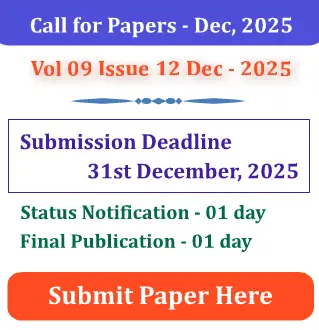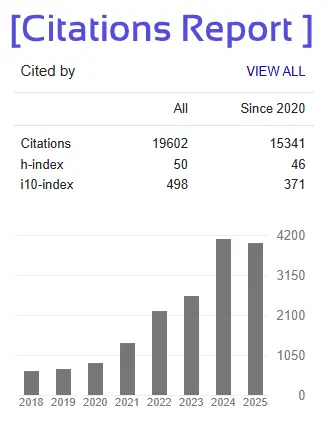Portable Autonomous CO₂ Capture and Solid Carbon Production System for Aviation Applications
Pritam Kailas Badhe1, Vivek Vilas Manjare 2, Gurudatta Tukaram Kakade3, Ranveer Ranjeet Deshmukh 4, Om Dilip Gade5, Sadik Jabbar Tamboli6, Suraj Satyavan Gele7
1Department of Mechanical Engineering, SVERI’s College of Engineering, Pandharpur
2Department of Mechanical Engineering, SVERI’s College of Engineering, Pandharpur
3Department of Mechanical Engineering, SVERI’s College of Engineering, Pandharpur
4Department of Mechanical Engineering, SVERI’s College of Engineering, Pandharpur
5Department of Mechanical Engineering, SVERI’s College of Engineering, Pandharpur
6Department of Mechanical Engineering, SVERI’s College of Engineering, Pandharpur
7Department of Mechanical Engineering, SVERI’s College of Engineering, Pandharpur
Abstract - This paper presents a novel portable and autonomous system designed to capture carbon dioxide (CO2) directly from aircraft exhaust gases and convert it into solid carbon and oxygen through an electrochemical process. The system is compactly integrated near the aircraft’s engine wings, where it captures CO2 from exhaust emissions and channels it into a conversion module. Inside the module, the captured CO2 is reduced into solid carbon particles with a fine circular grain structure, while oxygen is simultaneously released into the atmosphere. The produced carbon is collected in an onboard storage tank equipped with an emergency ejection mechanism supported by a parachute for safe release in designated collection zones far from human settlements. This feature ensures aircraft safety while allowing post-flight recovery and reuse of the collected carbon. The system operates autonomously with minimal manual control, using the aircraft’s electrical power supply and sensor feedback for continuous emission processing. Although the process increases fuel consumption by approximately 20 percent due to the added power demand and aerodynamic load, it offers a promising approach to achieve in-flight carbon reduction and promote sustainable aviation. The recovered solid carbon can be repurposed in pigment, rubber, or composite material manufacturing, thereby supporting a circular economy, and providing dual environmental and industrial benefits.
Key Words: CO2 capture, solid carbon conversion, aviation emissions, electrochemical reduction, portable carbon capture, autonomous emission control, sustainable aviation, parachute storage, carbon reuse, green aircraft technology







